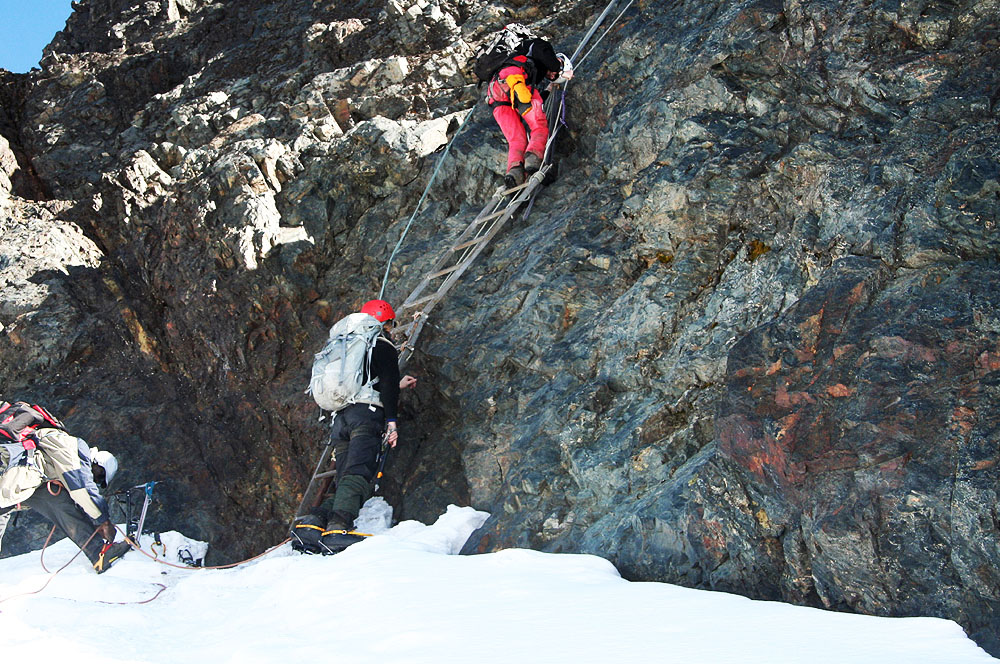Rwenzori Mountains National Park
Size: 996km2
The recreation centre was gazetted in 1991 and was perceived as a World Heritage site in 1994 and Ramsar site in 2008.
Most astounding point: 5,109m above ocean level on Mt Stanley’s Margherita Peak. Mt. Stanley is cut up by the outskirt with DR Congo.
The Rwenzori isn’t volcanic like East Africa’s other significant mountains yet is a square of shake upfaulted through the floor of the Western Rift Valley.
The Rwenzoris were dedicated to the “Mountains of the Moon” by the Alexandrine geographer Ptolemy in AD 150.
The wayfarer Henry Stanley put the Rwenzori on the guide on 24th May 1888. He marked it ‘Ruwenzori’, a nearby name which he recorded as signifying “Rain-Maker” or “Cloud-King.”
The most seasoned recorded individual to achieve Margherita Peak was Ms Beryl Park matured 78 out of 2010.
The Rwenzoris – the legendary Mountains of the Moon – lie in western Uganda along the Uganda-Congo fringe. The tropical snow crests incorporate the third most noteworthy point in Africa, while the lower slants are covered in moorland, bamboo and rich, sodden montane backwoods. Enormous tree-heathers and vivid greeneries are hung over the mountainside with monster lobelias and “everlasting blooms”, making a charming, fantasy scene.
Rwenzori Mountains National Park ensures the most noteworthy parts of the 120km-long and all-inclusive Rwenzori mountain go. The national stop has 70 vertebrates and 217 fledgeling species including 19 Albertine Rift endemics, and a portion of the world’s rarest vegetation.
The Rwenzoris are a world-class climbing and mountaineering goal. A nine-to twelve-day trek will get talented climbers to the summit of Margherita – the most noteworthy pinnacle – however shorter, non-specialized treks are conceivable to scale the encompassing pinnacles.
For the individuals who favour something somewhat less strenuous, neighbouring Bakonzo towns offer nature strolls, estate visits home social exhibitions and convenience, including home-cooked nearby food.

